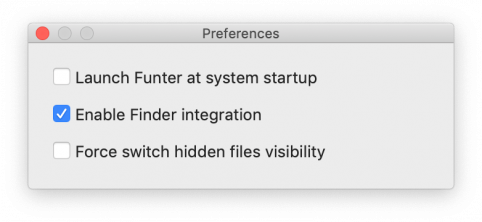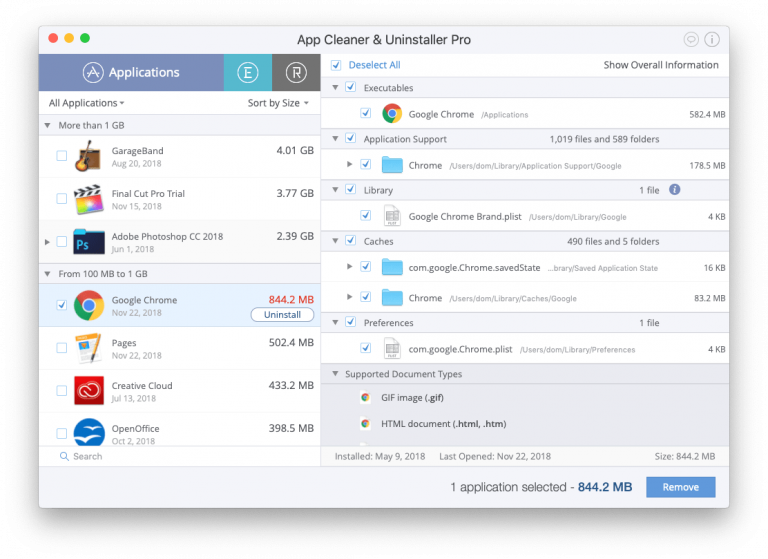

Never worry, because if you're wondering how you can hide your folders and files on your Mac I'll show you the steps for this trick here.
Funter app windows#
Not like a Windows computer hiding files and folders on your Mac not as easy as it seems. In order to make hidden files or folders not hidden in the Finder, right-click on them (or on the Funder button on the Finder panel) and in the menu that opens, select the option "Unhide with Funter".
Funter app how to#
How to remove the hidden attribute from a file or folder To enable the display of hidden files and folders, click on the Funter icon in the macOS menu bar and set the switch Show Hidden Files into position Included. How to show hidden files and folders on Mac

To turn off the display of hidden files and folders, click on the Funter icon in the macOS menu bar and set the switch Show Hidden Files into position Turned off. How to turn off the display of hidden files and folders Note: If the “Show Hidden Files” mode is activated in Finder (see below), then hidden files and folders will be visible. To make files or folders hidden in the Finder, right-click on them or on the Funder button in the Finder panel and in the menu that opens, select the option Hide with Funter. The Finder icon is displayed when the integration is enabled (enabled by default).

Funter app free#
The free Funter app lets you find hidden files through an icon in the menu and in the Finder toolbar. How to assign the "hidden" attribute to a file or folder In any case, if you are not sure of what you are doing, in any case do not delete or modify hidden files, since many of them are configuration files for various functions, programs and applications. In modern versions of macOS, the combination functionality ⌘Cmd + ⇧Shift + Point is slightly wider and now allows you to display folders and files in the Finder.Īs mentioned above, you can display or hide hidden content using Terminal commands, but why do this if new versions of the "apple" operating system offer a faster and more convenient method? This is what the hidden files folder looks like:Īfter clicking ⌘Cmd + ⇧Shift + Point hidden files will be displayed in the folder. Remember that pressing the combination ⌘Cmd + ⇧Shift + Point in the file system will show or hide invisible folders. For information on how to hide any files and folders, see below. After this step, all invisible folders on Mac will be hidden again. In Finder, open any folder and click ⌘Cmd + ⇧Shift + Point to hide files. How to hide hidden files on Mac using hotkeys But if you like to do it the old fashioned way, modern versions of macOS also support this method. The main difference between modern releases and earlier versions of macOS is that newer editions have a method of displaying hidden content using a combination ⌘Cmd + ⇧Shift + Point, whereas before, for this purpose, you had to enter commands in the terminal (instructions below). It is worth noting that when displaying files, hidden files in all folders on the Mac will become visible, just as in the case of using the corresponding commands. Hidden files can be easily identified by their slightly faded names and icons. How it works on the example of Macintosh HD is shown below.Īs you can see, when you press the above key combination, all hidden content is displayed in the folder. Click ⌘Cmd + ⇧Shift + Point to display hidden files. From the Finder, navigate to any folder that might contain hidden files (for example, the Macintosh HD root folder or home folder).Ģ. Such folders are usually handled by more advanced users who need to view, edit, or change the folder or its contents.ġ. This is currently the fastest way to display "invisible" files on Mac.Īs a rule, system files and folders, configuration data or other files and folders that are hidden from ordinary users for some reason are invisible on Mac. A simple keystroke will instantly show hidden files and hide them again. Modern versions of macOS (macOS 10.12 and up) offer a quick and easy way to show hidden files and folders (see below for how to make them hidden) using a keyboard shortcut. This is what will be discussed in today's article. In macOS, you can also hide files and folders, but this is done in a slightly different way. In Windows, it is enough to open the properties of the file and make it hidden. Everyone probably knows that files or folders on a computer can be hidden.


 0 kommentar(er)
0 kommentar(er)
